About Island Press
Since 1984, the nonprofit Island Press has been stimulating, shaping, and communicating the ideas that are essential for solving environmental problems worldwide. With more than 800 titles in print and some 40 new releases each year, we are the nations leading publisher on environmental issues. We identify innovative thinkers and emerging trends in the environmental field. We work with world-renowned experts and authors to develop cross-disciplinary solutions to environmental challenges.
Island Press designs and implements coordinated book publication campaigns in order to communicate our critical messages in print, in person, and online using the latest technologies, programs, and the media. Our goal: to reach targeted audiencesscientists, policymakers, environmental advocates, the media, and concerned citizenswho can and will take action to protect the plants and animals that enrich our world, the ecosystems we need to survive, the water we drink, and the air we breathe.
Island Press gratefully acknowledges the support of its work by the Agua Fund, Inc., The Margaret A. Cargill Foundation, Betsy and Jesse Fink Foundation, The William and Flora Hewlett Foundation, The Kresge Foundation, The Forrest and Frances Lattner Foundation, The Andrew W. Mellon Foundation, The Curtis and Edith Munson Foundation, The Overbrook Foundation, The David and Lucile Packard Foundation, The Summit Foundation, Trust for Architectural Easements, The Winslow Foundation, and other generous donors.
The opinions expressed in this book are those of the author(s) and do not necessarily reflect the views of our donors.
| THE SHAPE OF GREEN
| THE SHAPE OF GREEN
Aesthetics,
Ecology,
and Design |
LANCE HOSEY

Washington | Covelo | London
2012 Lance Hosey
All rights reserved under International and Pan-American Copyright Conventions.
No part of this book may be reproduced in any form or by any means
without permission in writing from the publisher:
Island Press
Suite 300, 1718 Connecticut Ave., NW,
Washington, DC 20009
ISLAND PRESS is a trademark of the Center for Resource Economics.
Library of Congress Cataloging-in-Publication Data
Hosey, Lance.
The shape of green : aesthetics, ecology, and design / Lance Hosey.
p. cm.
Includes bibliographical references.
ISBN 978-1-61091-214-3 (ebook)
ISBN 978-1-61091-031-6 (cloth : alk. paper) ISBN 1-61091-031-1 (cloth : alk. paper) ISBN 978-1-61091-032-3 (pbk. : alk. paper) ISBN 1-61091-032-X (pbk. : alk. paper) 1. Sustainable design. 2. Sustainable architecture. 3. Green technology. 4. Aesthetics. 5. Sustainability. 6. Environmentalism. I. Title.
NK1520 .H672012
Printed using Minion
Text design by Maureen Gately
Typesetting by Sztrecska Publishing
 Printed on recycled, acid-free paper
Printed on recycled, acid-free paper
Manufactured in the United States of America
10 9 8 7 6 5 4 3 2 1
Keywords: architectural design, biomimicry, biophilia, corporate style, circumstantial style, e-waste, ecological design, energy-efficient design, environmental design, epochal style, fractal, green architecture, happy product index, history-based form, industrial design, market-based form, nature, place-based form, populist style, regional style, self-sustaining form, sustainability, thermal comfort, urban design, urban ecology
Note: The background image on page 34 shows a Shinkansen 500 Bullet Train. The background image on page 125 shows a serpentine garden wall at the University of Virginia that was designed by Thomas Jefferson.
For my brothers,
who were there
when I woke up
It is only shallow people
who do not judge by appearances.
The true mystery of the world is the visible,
not the invisible.
Oscar Wilde
| Table of Contents
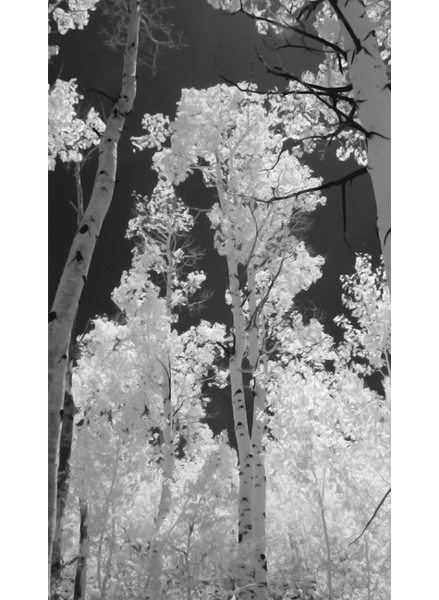
| The Sustainability of Beauty
Nature has never been silent for me. Nature whispers in my ear all the time, and it is the same thing over and over. It is not Love. It is not Worship. It is not Psst! Dig here!
Nature whispers, and sometimes, shouts, Beauty, beauty, beauty, beauty.
Sharman Apt Russell
DESIGN IS SHAPE WITH PURPOSE.
In recent years, industry has begun to reconsider its purposes. Can products be better for people? Can buildings be better for the planet? Can companies be environmentally responsible and still turn a profit? Addressing these questions is causing dramatic changes in every area of work and life. Yet, as we seek answers to questions about purpose, questions about shape remain. Of the traditional criteria for judging designcost, performance, and aestheticsthe agenda known as sustainable design is redefining the first two by expanding old standards of value. But what about aesthetics? Does sustainability change the face of design or only its content?
Many designers show little interest in this question, and some dismiss it altogether. [The term] green and sustainability have nothing to do with architecture, architect Peter Eisenman said in a 2009 interview. Designers care about image, and the green movement, like it or not, has a reputation for being all substance and no style. In 2010, design critic Alice Rawsthorn sized up the Leaf, Nissans celebrated electric car: It is as dull in style as most gas-guzzling clunkers. Many believe sustainability deals exclusively with energy efficiency, carbon emissions, and material chemistryissues that belong in a technical manual, not on a napkin sketch. Nuts and bolts are not exactly the stuff of every designers dreams. As a result, many consider great design and green design to be separate pursuits, and in fact much of what is touted as green is not easy on the eyes. The ugly truth about sustainable design is that much of it is ugly.
Even the most ambitious sustainable design can be unattractive because attractiveness isnt considered essential to sustainability.
Conventional wisdom portrays green as not just occasionally but inevitably unattractive, as if beauty and sustainability were incompatible. Sustainability and aesthetics in one building? asked the San Francisco Chronicle in 2007. Is well-designed green architecture an oxymoron? mused the American Prospect in 2009. The previous year, famed journalist Germaine Greer declared, The first person to design a gracious zero carbon home will have to be a genius at least as innovative and epoch-making as Brunelleschi, referring to the Italian Renaissance architect who engineered the magnificent dome of Florences Duomo. Green lacks grace, say the critics.
The eco-design movement began with an implied mantra: If its not sustainable, its not beautiful. Waste spoils taste. Even now, the battle cry continues. Look at the architecture of the last 15 years, architect James Wines complained in 2009. Its been more flamboyant and more wasteful than its ever been before. To build any of these buildings by Frank Gehry [the architect famous for sculptural structures of crumpled metal], it takes... 60 to percent more metal and steel and construction than it would to enclose that space in a normal way... Mind-boggling waste. Wines suggests that the work of Gehry, the most renowned architect of our time, isnt great design because its negligent.
Next page
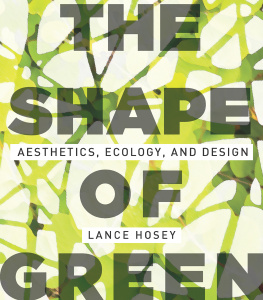

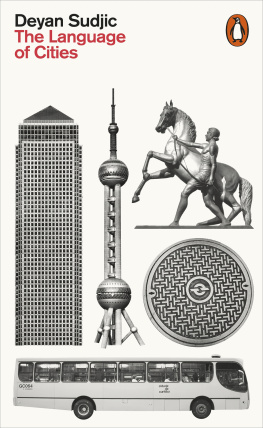

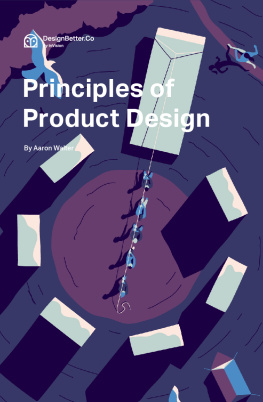
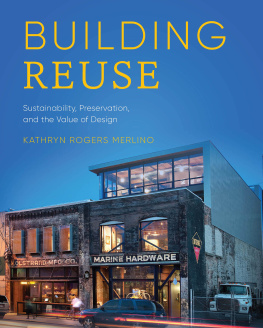
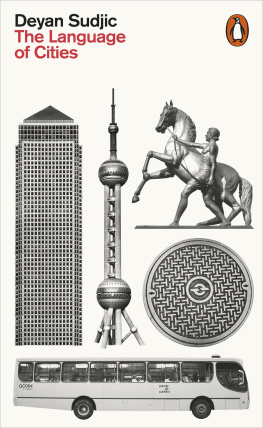
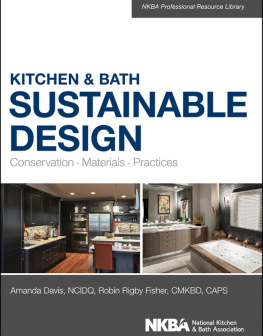
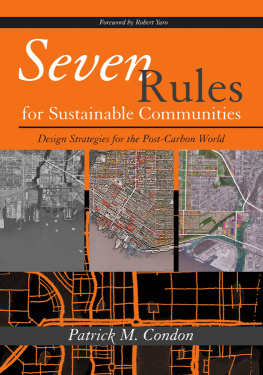

 Printed on recycled, acid-free paper
Printed on recycled, acid-free paper